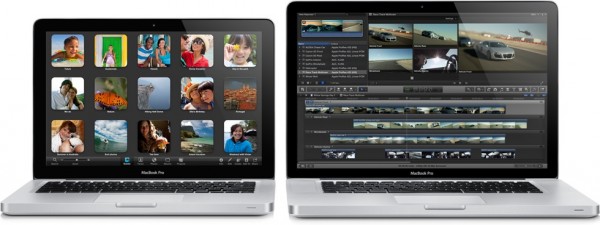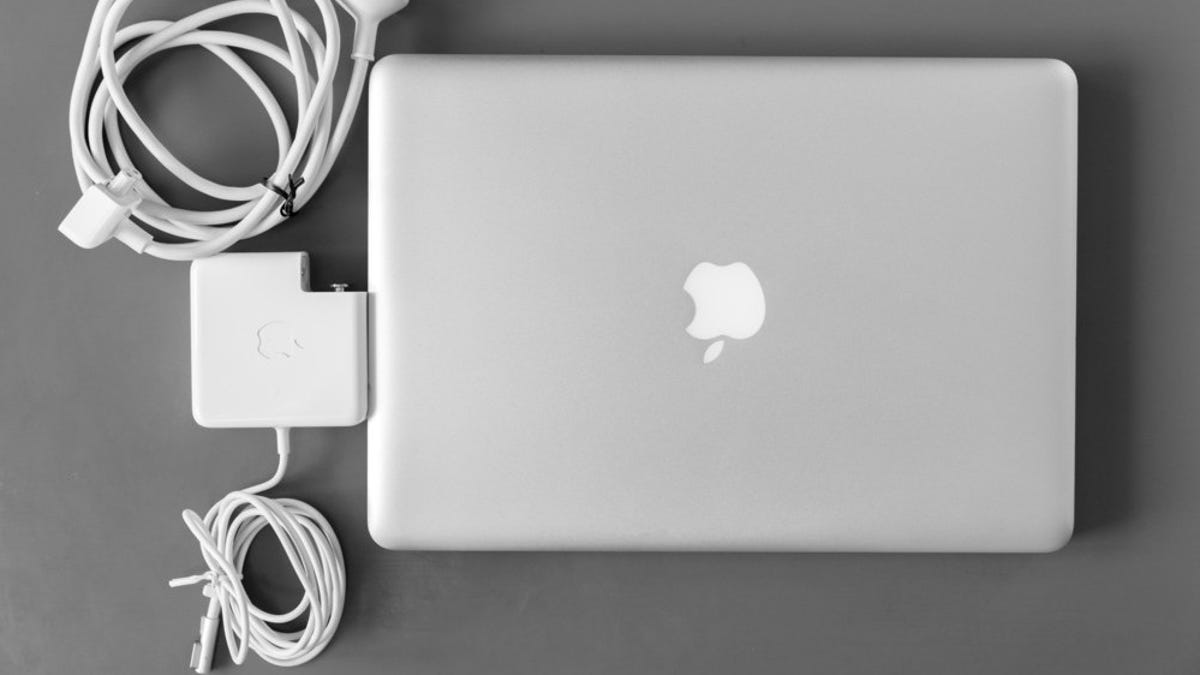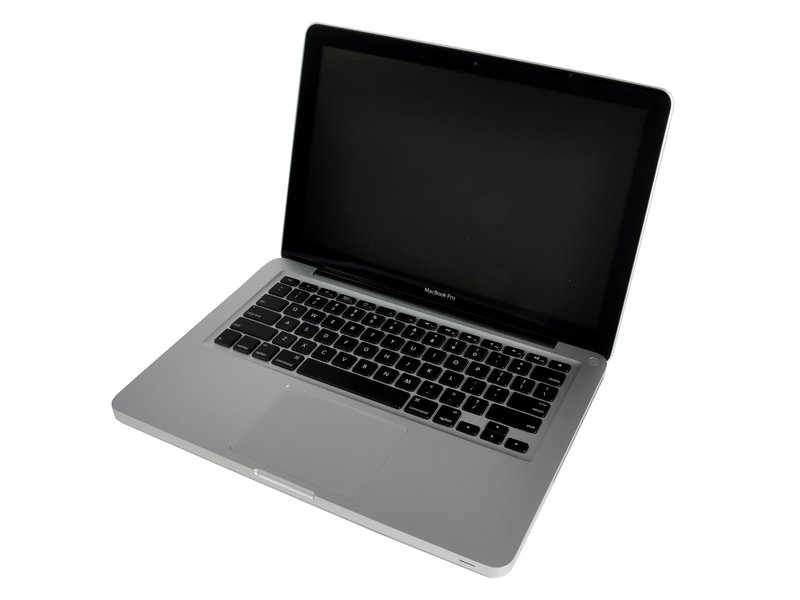- Macbook Pro 13 Inch Starts Up Then Shuts Downloading
- Macbook Pro 13 Inch Starts Up Then Shuts Download Full
- Macbook Pro 13 Inch Starts Up Then Shuts Downloaded
- Macbook Pro 13 Inch Starts Up Then Shuts Downloads

I have an mid 2010 MacBook Pro 13' that shuts off during, or immediately after, startup. Normal startup doesn't make it through the startup screen. Safe boot or Recovery gets me beyond the startup screen, but within seconds it shuts off. Step i) Restart your MacBook Pro and immediately press Command + Option + P + R keys. Step ii) Hold this key combination until your MacBook Pro boots up again. The RAMs get reset. If resetting of the NVRAM/PRARM doesn’t fix the booting issue, try reinstalling your macOS.
My macbook turns off itself during startup, after the apple logo appears.. Help!

Macbook (pro) turns off halfway through startup…!

Do you see the Apple logo, and a loading indicator (bar), and after a while, does your Macbook shuts down itself? If you have the same problem like us, you should keep read this blog post. Today, one of our customer brought in a Macbook Pro A1278 model. The customer told us that she did not really use this macbook that much, but one day, it started to turn off itself during booting. We powered it up, and we saw the apple logo with a loading bar (indicator), then it turned it off itself without any beep sound or any warning messages. First, we though it could be the Macbook battery, but the battery was fully charged, and it was okay. So… we did a research on Google… It looks like so many people with Macbook have the same problem like our customer. No matter which Macbook, we found out that many people have the same problem! In conclusion, most of them are caused by corrupted system files, and faulty hard drive. This means, we will need to repair the corrupted system files, or maybe we can format the existing hard drive, then install Mac OS again, or when there are physical damages to the actual hard drive, we will need to replace the existing hard drive. Anyways, here is what to do when your Macbook turns off itself during booting.
Macbook Pro 13 Inch Starts Up Then Shuts Downloading
How to fix Macbook (or Macbook Pro) shut down during boot
1. Disk Utility to repair disk
Macbook Pro 13 Inch Starts Up Then Shuts Download Full
Macbook Pro 13 Inch Starts Up Then Shuts Downloaded

First of all, you can try the built in disk utility to analysis your hard drive and to repair it when it has problems. You do not need any tools! Turn on your Macbook. Press and hold “Command” + “R” keys at the same time, and hold it until your Macbook triggers the Mac OS X Utilities. See how it looks like with a picture:
Click “Disk Utility” to open disk utility provided by OS X. Once you click it, the first thing you need to do is to select the right disk or partition on the left side menu. Choose a hard drive or a partition, then click “Verify Disk”. If there are problems detected, you can click “Repair Disk” button to repair any existing errors on the selected hard disk. After finished, restart your Macbook.
2. Format and re-install Macbook OS (Caution: You will loose all data)
Macbook Pro 13 Inch Starts Up Then Shuts Downloads
If the repair was not successful, you can try to format the current hard drive, and re-install OS X. You can open OS X Utilities again, and click Re-install OS X. This built-in OS X installation app will download the right OS X operating system, and therefore, you don’t need a Macbook OS X disk for it. Depends on your internet speed, the estimated time of installation varies. Always, plug the power cord to void your Macbook being shutdown due to a low battery during the installation process. If you need to backup, you need to remove the hard drive from your Macbook, and you need to transfer files to a USB or an external hard drive.
3. Replace the existing hard drive, and re-install OS X
Remove the existing hard drive from your Macbook, and put a new hard drive. Depends on your Macbook model, disassembly method varies, but typically by removing the bottom plate will give you the access to your hard drive. Make sure about the size of your hard drive (like 500GB, 1TB…) and buy the right size for you. Always remove the battery connector first, and remove the hard drive connector. After putting a new hard drive, you can re-install Mac OS X.
Thank you for visiting our blog, we hope you have fixed your problem. If you liked it, don’t forget to follow us on our social media below. Thanks and have a great day!